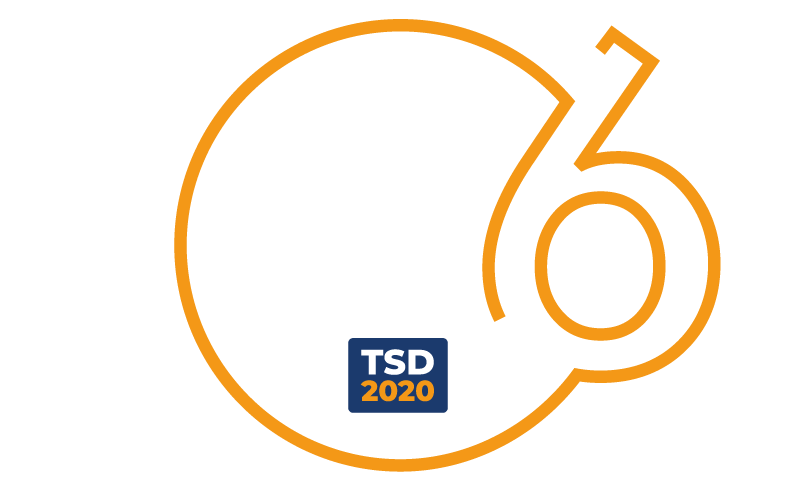A photo-polymerizable resin with low environmental impact is proposed, suitable for use in 3D printing with stereolithographic technique, obtained from environmentally friendly natural products, easily available and inexpensive, easily disposed of in the environment and biodegradable, such as vegetable oils, also exhausted.

Patent Status
PENDING

Priority Number
PCT/IB2018/057998

Priority Date
16/10/2018

License
INTERNATIONAL
Problem
The industrial resins currently on the market for stereolithographic 3D printers (which use light to print) are composed of very toxic and polluting substances, as they contain acrylate and / or methacrylate monomers. Such compounds are already known to be dangerous to human health, for example acrylate monomers can be acutely toxic if they are inhaled, ingested or come into contact with the skin. Several researches have found that 3D printed parts can be toxic, cause allergic or inflammatory reactions and infections in users. Furthermore, depending on the type of printer and the material used, potentially dangerous particles are released into the air during operation and, sometimes, also volatile compounds (VOC-Volatile Organic Compounds). Furthermore, with the increasing diffusion of 3D printers, both at professional and amateur level, the quantity of 3D printed components, and therefore of waste derived from this technology, will increase exponentially with a consequent accumulation in the environment, since users of these printers may not have the necessary training to use them safely and dispose of their waste responsibly, and municipal waste disposal agencies may not have the resources to collect and treat 3D printer waste.
Current Technology Limitations
The stereolithographic 3D printing technique employs a single beam of light to polymerize a photosensitive resin, drawing fine layers of polymer onto it that are repeated and overlapped until printing is complete. The advantages offered by this technique are several: high quality surface finishes with voxels with reduced dimensions, fast printing processes and a wide choice of materials to work with. However, the industrial resins currently on the market are composed of very toxic and polluting substances, which pose the problem of waste from 3D printing processes.
The use of a photo-polymerizable resin obtained from natural eco-compatible materials fits well into a concept of circular economy and allows you to enjoy the advantages of stereolithographic 3D printing.
Our Technology and Solutions
The subject of the invention are photosensitive resins for 3D printing obtained starting from oils of vegetable origin. The photo-induced polymerization (stereolithographic) 3D printing technique uses light (visible or ultraviolet) to polymerize a photosensitive resin, creating fine layers of polymer that are repeated and overlapped until the print is complete. The advantages offered by this technique are several: high quality surface finishes with voxels with reduced dimensions, fast printing processes and a wide choice of materials to work with. The industrial resins currently on the market are composed of very toxic and polluting substances, totally not bio-compatible which pose the problem of waste from 3D printing processes. The use of a photo-polymerizable resin obtained from natural biocompatible materials fits well into a concept of circular economy and allows you to enjoy the advantages of stereolithographic 3D printing.
Advantages
- This invention provides the use of raw materials from renewable sources;
- The raw materials used are easy to find thanks to the variety of sources including those of recovery and reuse materials;
- Furthermore, the invention presented is eco-compatible both for the recovery of waste raw materials and for the reduced production of waste deriving from the transformation process;
- The advantage of this invention is also the low costs application.
TRL
Team











